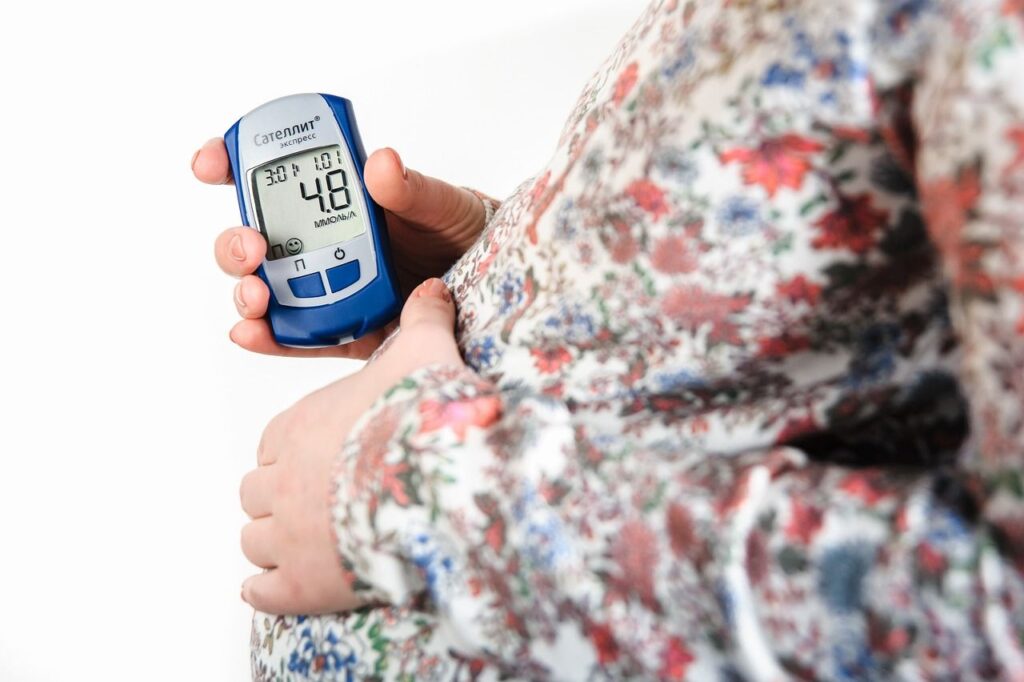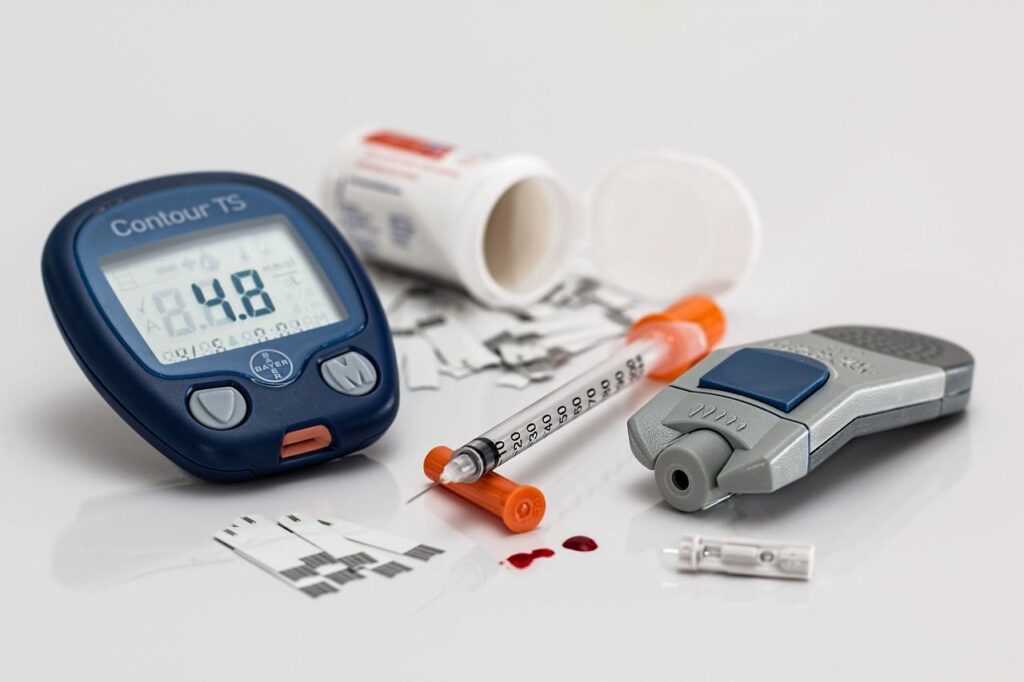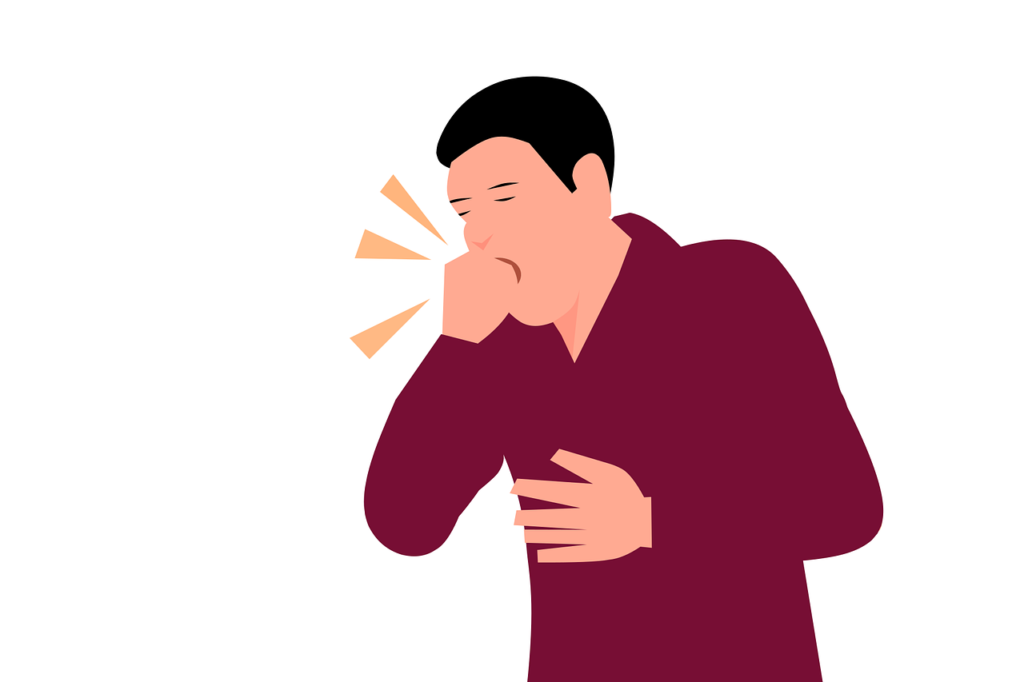Diabetes mellitus, a chronic metabolic disorder characterized by elevated blood glucose levels, has a long and complex history. Its roots can be traced back to ancient civilizations, where it was recognized and described in various forms.
Historical Overview
The earliest known descriptions of diabetes-like symptoms can be found in ancient Egyptian medical texts. These texts refer to a condition characterized by excessive thirst and urination, symptoms that are now recognized as classic signs of diabetes. In ancient India, diabetes was also recognized and various treatments were offered. In ancient Greece, Hippocrates, the “Father of Medicine,” described a condition known as “diabetes,” which was characterized by excessive urination. His student, Aretaeus of Cappadocia, further classified diabetes into two types: one associated with excessive thirst and the other with excessive urination. Studies have shown that people with diabetes are at a higher risk of developing heart disease and stroke.
Modern Understanding of Diabetes
In modern medicine, diabetes is primarily classified into two types:
Type 1 Diabetes: An autoimmune disease where the body’s immune system attacks the insulin-producing cells in the pancreas.
Type 2 Diabetes: A metabolic disorder characterized by insulin resistance, where the body’s cells fail to respond effectively to insulin.
Diabetes in Siddha Medicine
Siddha medicine, an ancient Indian system of medicine, offers a unique perspective on diabetes. In Siddha, diabetes is known by various names, including Mathumegam, Neerizhivu, Innippu megam, Miguneer, and Meganeer.
It is remarkable that the ancient Siddha system of medicine mentioned diabetes, or ‘Madhumeham‘ as it’s known in Tamil, thousands of years ago. Diabetes occurs when the pancreas, a gland in the body, doesn’t produce enough insulin, a hormone that helps the body use glucose for energy. As a result, glucose levels in the blood rise, and excess glucose is excreted in the urine. This condition is known as diabetes.
Etiology:
Taking excess of sweet, oily foods, sedentary lifestyle, stress, and indulging in excess sexual activities are mentioned as etiological factors of Mathumegam.


Symptoms:
Diabetes is a chronic health condition that causes a person’s blood sugar to be too high. There are many symptoms of diabetes, and they can vary from person to person.
தாகமே யதிக மாகித் தளர்ந்து நாவுலர்ந்து மிக்க சோகமாய்க் கிறுகிறுத்துத் தொடர்ந்துகை காலுஞ் சோர்ந்தே ஏகமாய்ப் பகலு மல்லும் விடாதுநீரிறங்கு மன்றி மோகமாய் மழைபனிக்கு முதிர்ந்திறங்கிடுன் சலந்தான்’ என்கிறது ‘வைத்திய விளக்கம்’ எனும் சித்த மருத்துவ நூல்
Some common symptoms include:
- Increased thirst
- Frequent urination
- Increased hunger
- Unexplained weight loss
- Fatigue
- Blurred vision
- Slow-healing wounds
- Loss of general vitality
- Numbness or tingling in the hands or feet
- Increased infections
- Mood changes, anxiety, and dyspnea(shortness of the breath)
There are two main types of diabetes mellitus:
Type 1 Diabetes: This type results from the pancreas’s failure to produce enough insulin. It was previously known as insulin-dependent diabetes mellitus (IDDM) or juvenile diabetes. The exact cause is unknown.
Type 2 Diabetes: This type begins with insulin resistance, a condition in which the body’s cells fail to respond effectively to insulin. As the disease progresses, a lack of insulin may also develop. It was previously known as non-insulin-dependent diabetes mellitus (NIDDM) or adult-onset diabetes.
The primary cause is often excessive body weight and lack of physical activity.
Thereayar, a renowned Siddha physician, has classified diabetes into three types. This classification differs from the modern medical classification of Type 1 and Type 2 diabetes and is based on the principles of Siddha medicine, which focuses on the balance of the three doshas (Vatha, Pitta, and Kapha) in the body.
நீரிழிவினை, குணத்தை
நீயறிய விரித்துச் சொல்வாம்.
நீரினைப் பெருக்கல் ஒன்று
நீரினை மறுக்கல் ஒன்று
நீரிழிவுடனே கொல்லும்
நீர்ச் சொட்டு வினைகள் ஒன்று”
இப்பாடலினைப் பின்வருமாறு பொருள் கொள்ள முடியும்.
1. Neerinai Perukkal (Increased Urine Output):
This type is characterized by excessive urination, leading to dehydration and electrolyte imbalance. It’s often associated with an imbalance of Vatha dosha.
2.Neerinai Marukkal (Decreased Urine Output):
In this type, there is a reduction in urine output, which can lead to water retention and other complications. It’s often linked to an imbalance of Kapha dosha.
3. Neerizhivu (Diabetes):
This type is characterized by excessive thirst, frequent urination, and elevated blood sugar levels. It’s associated with an imbalance of all three doshas, particularly Pitta.
Complications of Diabetes
Microvascular Complications:
Retinopathy, neuropathy, and nephropathy.
Macrovascular Complications:
Coronary artery disease, decreased cerebral circulation, and peripheral vascular disease (e.g., diabetic foot).
Laboratory Investigations


- Measurements of plasma glucose
- Fasting blood sugar (FBS)
- Postprandial blood sugar (PPBS)
- Random blood sugar (RBS)
- Oral glucose tolerance test (OGTT)
- Glycosylated hemoglobin (HbA1c)
- Urine test (glucose, albumin, ketones, etc.)
- C-peptide test
- Insulin test
- Blood urea
- Electrocardiogram (ECG)
- Lipid profile
- Serum electrolytes
- Prevention of Diabetes
- Maintain a healthy weight
- Engage in regular physical exercise
- Consume a healthy diet
- Manage blood pressure and cholesterol levels
- Quit smoking and limit alcohol consumption.
Management of Diabetes
- Diet
- Lifestyle modifications
- Medication


Siddha Treatment Approach
Siddha medicine, an ancient Indian system of medicine, offers a holistic approach to managing diabetes. It emphasizes the importance of balancing the three doshas (Vatha, Pitta, and Kapha) and addressing the root cause of the imbalance.
The treatment involves a combination of:
- Diet: A balanced diet tailored to the individual’s dosha constitution.
- Lifestyle Modifications: Regular exercise, stress management, and adequate sleep.
- Herbal Remedies: Using herbs like neem, bitter gourd, and jamun to regulate blood sugar levels.
- Mineral Therapies: Employing minerals like zinc, chromium, and magnesium to support insulin function.
- Panchakarma: A detoxification therapy that helps cleanse the body and restore balance.
- Some common herbs used in Siddha medicine for diabetes management include: neem, bitter gourd, Indian gooseberry, aloe vera, drumstick, fenugreek, garlic, onion, turmeric, cinnamon, Nilavembu kudineer choornam, and Triphala choornam. Regular physical exercise is also emphasized in Siddha medicine.
Yoga for Diabetes:






- Halasana (Plow Pose)
- Dhanurasana (Bow Pose)
- Pavanamuktasana (Wind-Relieving Pose)
- Ardha Matsyendrasana (Half Spinal Twist)
- Paschimottanasana (Forward Bend Pose)
- Mayurasana (Peacock Pose)
- Surya Namaskar (Sun Salutation)
- Pranayama (Breathing Exercises)
Disclaimer : It’s important to consult with a qualified siddha healthcare professional before starting any new treatment or making significant changes to your 1 diet or lifestyle.


Dr. Augastina B.S.M.S., PGDY, is a passionate Siddha Doctor with a heart of gold. She believes in healing one step at a time. In her writing, you’ll find not just knowledge, but genuine care and a holistic approach to health and well-being.

